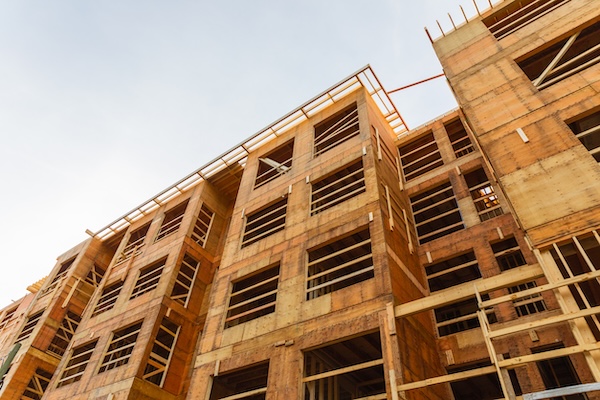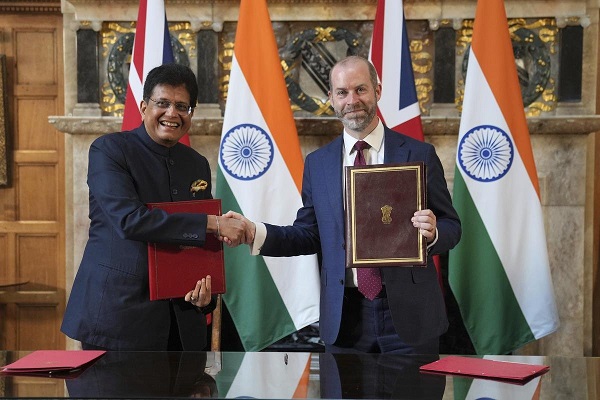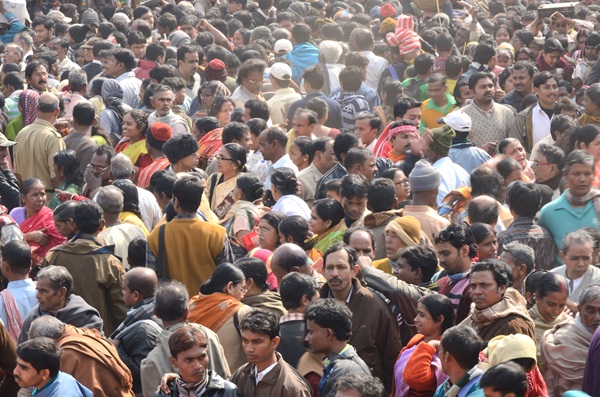.png)
Five Forces That Will Shape India’s Commodity-Driven Future
India’s economic rise will be powered by commodities, but five global forces will test how wisely it balances ambition, resilience and resource needs.
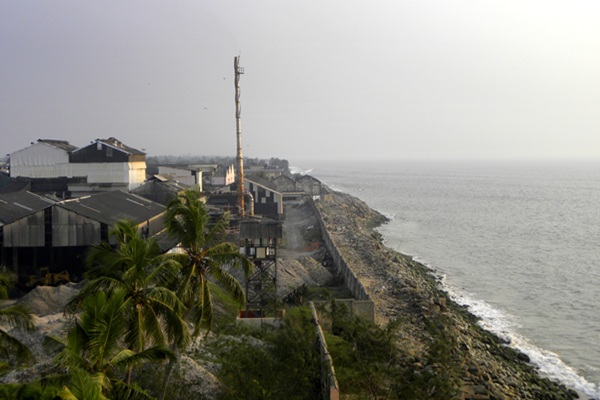
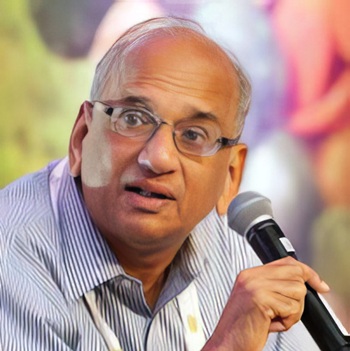
Chandrashekhar is an economist, journalist and policy commentator renowned for his expertise in agriculture, commodity markets and economic policy.
October 31, 2025 at 6:15 AM IST
India’s next great leap will be built, quite literally, on commodities. Energy, metals, polymers, agricultural goods will all power the nation’s economic expansion in the decades ahead.
Commodity intensity of India’s growth is inexorable. India will continue to straddle every link in the chain: producing, processing, consuming and trading across borders. The scale will only grow larger.
We have seen this story before, though told elsewhere. China’s remarkable rise over the past 30 years was built on an enormous appetite for raw materials such as iron, coal, copper, oil. India’s journey will echo that experience, but with its own constraints, ambitions and timing. Though, one hopes, with a sharper awareness of sustainability and security. Five broad global forces are set to define how this commodity-led growth unfolds.
Shifting Currents
Energy transition, the first great shift, is already under way. India’s promise to reach net-zero by 2070 isn’t just a slogan; it means rethinking the very fuel that drives our economy. The age of coal and crude, which powered us for decades, is slowly giving ground to cleaner sources like solar, wind, nuclear, and biofuels. The change will be uneven and often expensive, but it’s inevitable.
This transition is not just about energy; it’s about metals. Steel, copper and aluminium, the backbone of renewable infrastructure, will see demand soar as the country invests in green grids, solar farms and wind corridors.
The second force is electrification. Economic activity, mobility and urban life are all moving towards greater dependence on electricity. Electric vehicles and electrified railways are only the beginning. Batteries, motors, charging stations and power grids will require a steady flow of industrial metals — from lithium and cobalt to nickel, copper and steel. Every additional volt of progress will come with its own metal footprint.
Rapid urbanisation is the third force, and it is unstoppable. As millions migrate in search of opportunity, cities will continue to sprawl, demanding vast quantities of concrete, steel, aluminium, copper and cement. Commodities account for nearly 70% of infrastructure costs. Roads, bridges, housing, water supply, drainage, and public utilities will all depend on them. India’s urban dream, in essence, will be built from the ground up, and out of the earth itself.
Then there is climate change, which complicates everything. What once sounded distant is now unfolding around us — droughts one year, floods the next, heatwaves in between. These evolving weather events not only adversely impact human life but also hurt economic activity, damage agricultural crops, disrupt mining and similar operations.
For a tropical nation already short of land and water, this volatility hits straight at the roots of growth. Farms are the first casualties; key crops such as wheat and maize are already testing their heat limits. Climate-smart farming, better water use and serious investment in adaptation research are not environmental niceties anymore. They’re the price of survival.
The Policy Reckoning
These five forces — energy transition, electrification, urbanisation, climate change and resource nationalism — are not abstract global trends. They are realities shaping the choices India must now make. Policymakers cannot afford to view commodities merely as tradeable goods; they are the scaffolding of the country’s next phase of development.
India’s integration with global markets means that geopolitical tensions, financial shocks or supply disruptions anywhere can have immediate domestic consequences. Building resilience through diversified trade ties, stable investment policies and risk management systems must therefore be central to economic planning.
The nation’s growth will, unavoidably, remain commodity-intensive. The hard part now is turning dependence into strength. India can’t wish away its hunger for commodities, but it can decide how to live with it. That means thinking beyond extraction and short-term fixes, and building systems that can bend without breaking when global shocks hit.
Commodities will inevitably script India’s next chapter. The question is whether we write that story ourselves or let the world write it for us.

